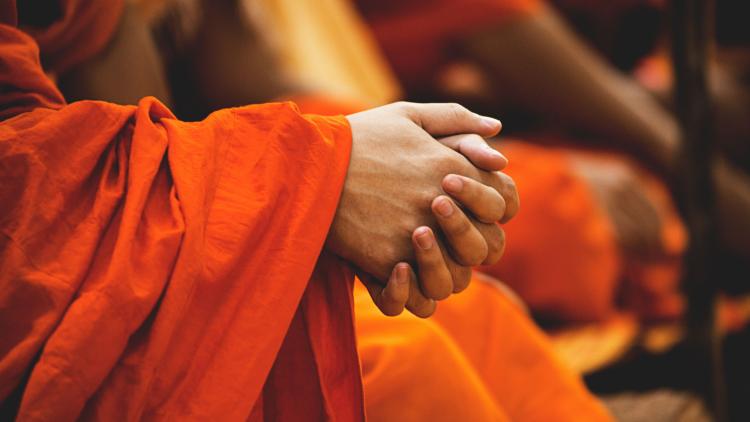Dr Lewis Doney

Key information
- Roles
- Centre of Buddhist Studies Research Associate
- Department
- Centre of Buddhist Studies
- Email address
- doney.lewis@gmail.com
Biography
Lewis Doney is a philologist and scholar of Buddhist Studies. He received his BA (Religious Studies) from Lancaster University in 2002, and his MA and PhD (Study of Religions) from SOAS, London, in 2004 and 2011. Since then he has been engaged in postdoctoral research on Tibet at LMU, Munich and FU, Berlin. His publications include a book with the title The Zangs gling ma: The First Padmasambhava Biography. (International Institute for Tibetan and Buddhist Studies, 2014). He currently researches reflections of India in early Tibetan Buddhist historiography as part of the European Research Council-funded project “Asia Beyond Boundaries” at the British Museum.
Research interests
Current Project
History, Identity and Religious Dynamics in Tibet: Textual Archaeology of the dBa’ bzhed Narrative.
The dBa’ bzhed is an early record of the introduction of Buddhism into Tibet. The title, which can be translated loosely as the Testimony of dBa’, stresses the role of the dBa’ (originally dBa’s) family in the formal establishment of Tibetan Buddhism during the eighth century CE. The dBa’s were one of the old aristocratic clans in the time of the Yarlung emperors of Tibet. The Testimony, probably compiled in the eleventh century, is the oldest and most important history of Tibetan Buddhism after the Yarlung dynasty collapsed in the ninth century.
The Testimony draws on a wide variety of sources to record and characterize the seminal events that took place three centuries before its composition. In this research, I undertake the first close critical examination of this text as the first step towards describing how the Tibetans wrote history that defined themselves and their religious identity. The text is also key for understanding how Tibetans encountered their past and coped with the religious pluralism of Tibet from the eleventh century onwards.
The output of this research is not a critical edition of the Testimony in the traditional sense. This is because historical narratives in Tibet do not hark back to a complete or pristine Ur-text by a single author or group of authors. Rather, surviving versions of the Testimony show that the historical narrative evolved in an organic fashion. As part of this research, I am comparing the oldest known complete copy of the Testimony with fragmentary versions recently published from the Dunhuang caves and from Tibet, to offer a more complete picture of the early life of this important Tibetan Buddhist history.

